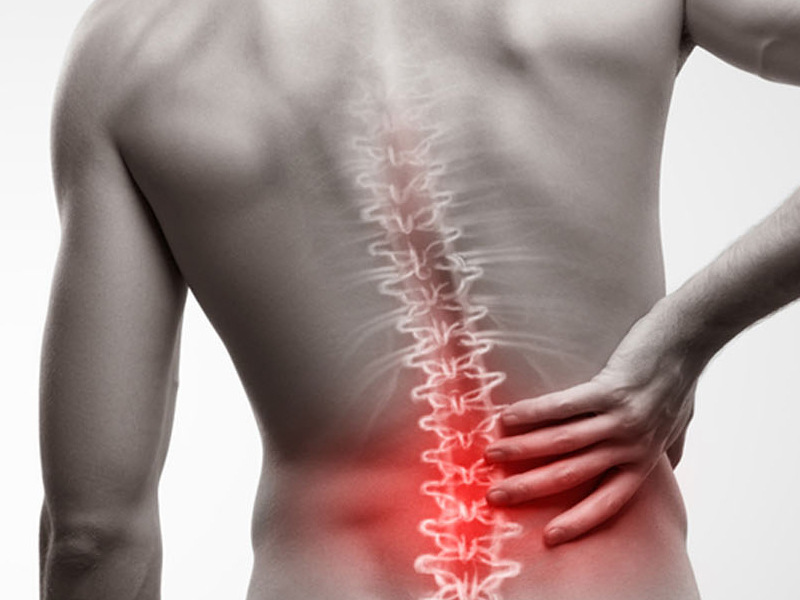Lumbar Disc Herniation
Lumbar disc herniation is a condition that occurs in the lumbar discs in the lower part of the spine. This condition occurs when the outer layer of the discs weakens or ruptures, pushing the inner part towards the nerve roots. Lumbar disc herniation can manifest itself with symptoms such as severe back and leg pain, numbness, tingling and muscle weakness. So, how is lumbar disc herniation treated?
Before starting the treatment of lumbar disc herniation, the severity of the patient’s symptoms is evaluated through physical examination and imaging tests (MRI, CT scan). Treatment is usually determined depending on the severity of the symptoms, the patient’s age, health status and the duration of the disease. Treatment methods can be divided into two main categories: Conservative treatment and surgical treatment.
- Conservative Treatment:
In mild or moderate cases of lumbar disc herniation, conservative treatment methods are usually preferred. These treatments may include:
- Rest: Bed rest may be recommended for patients with symptoms of disc herniation. However, prolonged bed confinement should be avoided and light exercise should be done at regular intervals.
- Painkillers and anti-inflammatory drugs: Over-the-counter or prescription medications can be used to reduce pain and inflammation.
- Physiotherapy: Physiotherapists can help alleviate symptoms by applying specific exercises and treatment methods to patients. Teaching proper posture and body mechanics techniques is also important.
- Epidural Steroid Injections: Cortisone injections can be given into the nerves around the spinal cord to reduce pain and inflammation.
- Surgical Treatment:
Surgical intervention may be considered if conservative treatment methods do not yield sufficient results or if the patient’s symptoms are severe. Different methods can be used for surgical treatment:
- Discectomy or Microdiscectomy: In this procedure, the damaged part around the herniated disc is removed and the compressed nerve roots are released.
- Lumbar Fusion: In more complex cases, fusion of the vertebrae can be performed in the treatment of lumbar disc herniation. In this procedure, two vertebrae are fused together and stability is ensured.
The treatment of a lumbar disc herniation can vary depending on each patient’s condition. It is important to consult a neurologist or orthopedic specialist to make the best decision about treatment options. With early diagnosis and appropriate treatment, it is possible to alleviate patients’ symptoms and improve their quality of life. Preventive measures such as exercising, adopting correct posture techniques and attending regular medical check-ups are also important.


